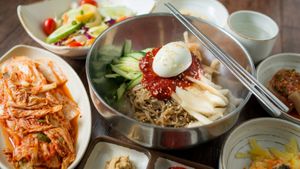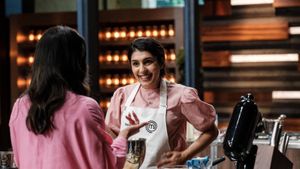A lover of both food and the history behind culinary practices, Aali Kumar is an assistant professor of History at a Delhi University college. Through her micro-blog and food pop-up ZaikaNama, she shares her knowledge of “What we eat and why we eat it”. She started the initiative sometime after the first lockdown in 2020. Encouraged by India’s love for K-dramas that has also translated into the country’s love for Korean cuisine, Kumar is now looking forward to organising an event on Korean cuisine. She is also gung-ho about her forthcoming interview series, Curious Appetite, through which she will conduct one-on-one interviews with food experts, chefs and citizens from various regions, discussing family recipes and culinary practices.
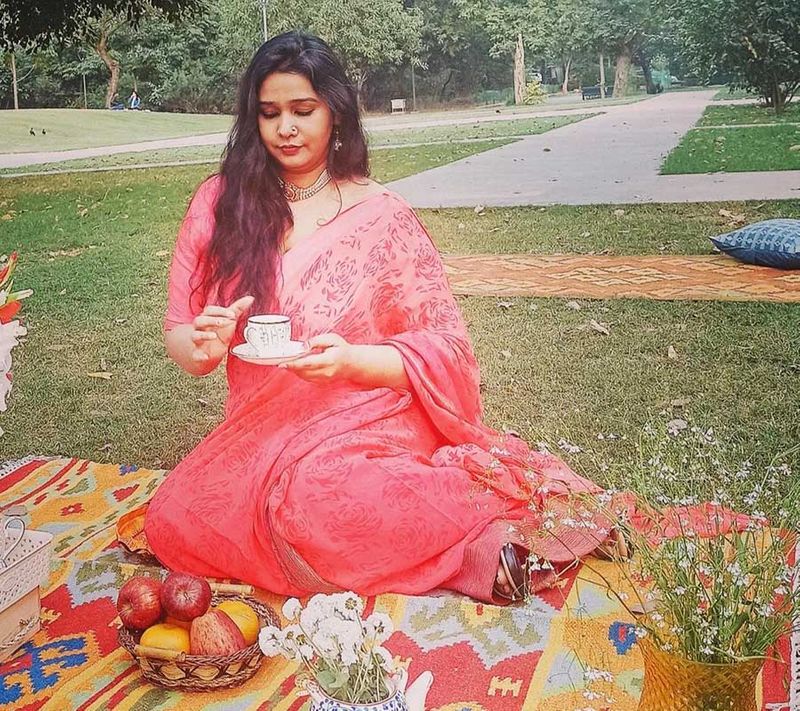
From a Sahib's Picnic where Kumar curated a high tea/picnic-themed menu with interesting anecdotes about the British Raj to one that focused on the British women who left their country to settle in this subcontinent and the interesting cuisine that came about through their collaboration with the indigenous staff, Kumar has curated a number of food tasting events on different cultural and historical themes. She even did one where she explored the footprints of the Partition on the cuisine of Delhi.
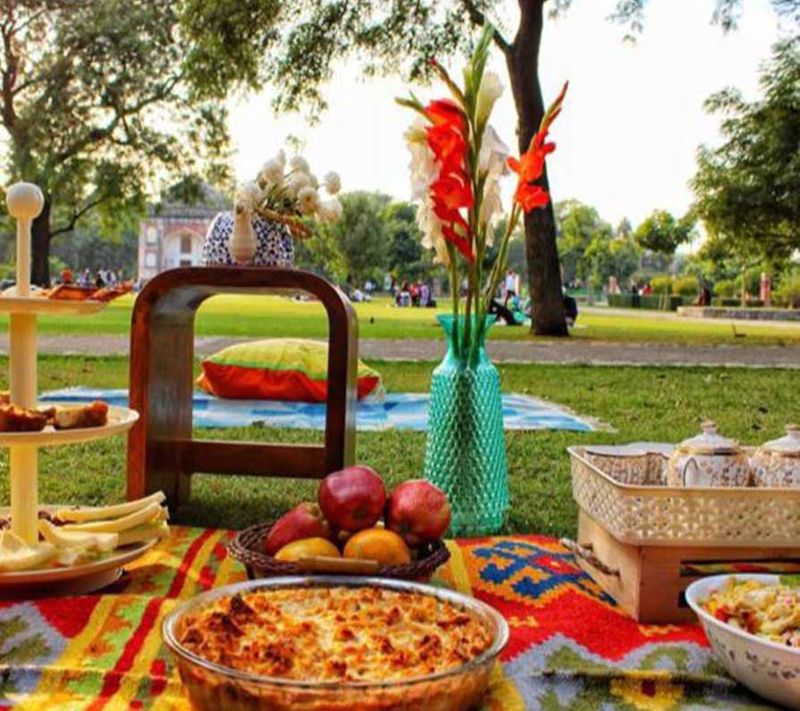
This history buff with a penchant for cooking talks to Zee Zest about all things gastronomic and cultural.
Edited excerpts:
1. How are cuisine and history connected?
Cuisine generally translates into how food is prepared traditionally in a particular region. The geography, the climate and more weigh in on the produce found in each region and the cooking techniques employed. It’s all connected historically, as each of these elements has evolved over a period of time. Wars, conquests, caste system, slavery, growing produce, trading, and more have led to cultural interactions that have added to this overall evolution in the kitchen. Basically, cuisine of a particular place is determined by the history of the region.
2. Which cuisine excites you the most historically, and why?
Every cuisine is unique and has fascinating stories of interaction, destructions, assimilations of culture and technological advancement that has shaped its contemporary form. There is a lot to learn and I am passionate about it. A cuisine that I have really enjoyed exploring in the recent past is Parsi cuisine.
A group of people who migrated from Persia to settle in the Indian subcontinent, carried with them culinary traditions of their land. But over the last 1,200 years it has evolved into a very different cuisine, which has some points of similarities with present-day Persian food but it’s a distinct cuisine in its own right. It has acquired various layers of the cooking technique and ingredients available here in India. And also, soaked up influences from the Europeans, especially the British.
3. What about the recent fascination of Indians with Korean cuisine?
I would credit K-dramas for it. From the start of the pandemic, K-dramas have become a major part of TV viewing in India. As more and more people got hooked on it, they began getting involved in the serials. Most of the K-dramas, such as Crash Landing On You, Hospital Playlist, Itaewon Class, Oh My Ghost, Strong Woman Do Bong Soon and My Lovely Sam Soon, to name a few, have stories revolving around characters preparing food, plating it, and eating together. Conversations happen around food, it is an integral part of the story-telling. Needless to say, the viewers wanted to experience it all. They started seeking a real taste of Korean culture. Little wonder that Korean cuisine is rapidly gaining traction in Indian restaurants and homes.
Learn how to make classic Korean Fried Chicken from Zee Zest's show, Simply Korea:
4. Is there a similarity between Indian and Korean cuisine?
The similarity is there, in say, the flavour profile. Like Indians, Koreans also stress on carbs and like their food spicy. They make use of the spicy red pepper paste called gochujang to add a zing to their dishes. It sits perfectly with the Indian palate. Also, like us, they like to ferment food, for example, kimchi. Though their fermented bean paste is a far cry from our pickles, but the basic principle is the same. Like India, Korean cuisine is also region-specific. Like us, they also enjoy a multitude of side dishes. One of the biggest differences, though, is how Korean cuisine is completely devoid of dairy products.

Fun historical facts related to Indian cuisine by AaliJalebis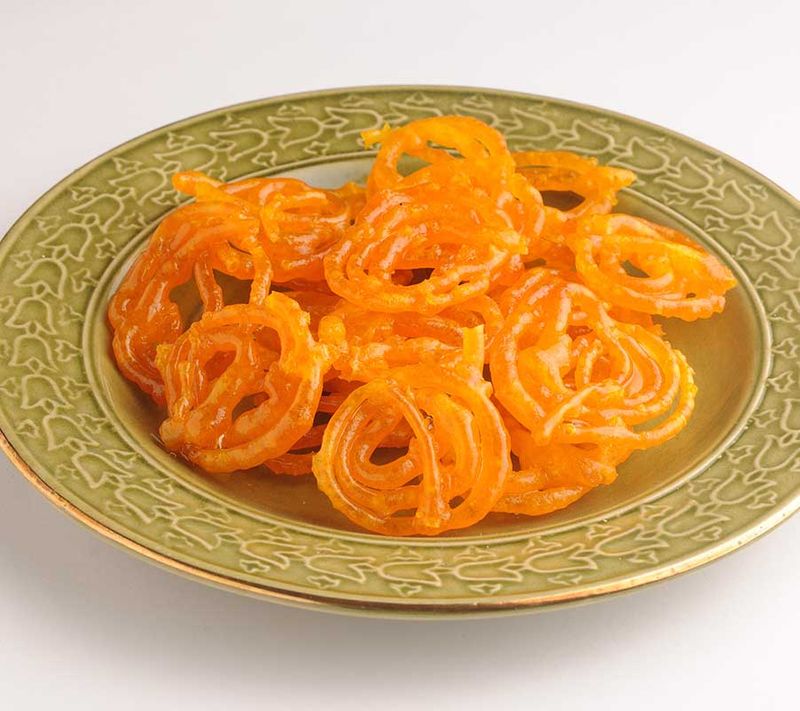 To begin with, our nation’s beloved jalebi is perhaps an import from its Middle-Eastern counterpart Zalabiya, or the Persian Zulbiya! The oldest mention of Zulbiya dates back to early 10th century. An ancient Persian cookbook, ‘Kitab al-Tabeekh’ by Muhammad bin Hasan al-Baghdadi, mentions the recipe of the dish, describing it as a sweet traditionally distributed among the masses during Ramadan and other festivities. The dish also finds mention in another 10th-century Arabic cookbook by Ibn Sayyar al-Warraq. However, Zulbiya differs from the Indian jalebi in appearance, as the former has an asymmetric floral coil pattern, unlike the latter, which is a series of circular coils. Additionally, the Middle-Eastern recipe mandates the use of a syrup of honey and rose water, while a simple sugar syrup fills the Indian jalebi. The first Indian text with a reference to jalebi is Priyamkarnrpakatha (1450 CE)—a Jain text composed by Jinasura—where he mentions jalebi as part of the dinner menu served by an Indian merchant. Rava idli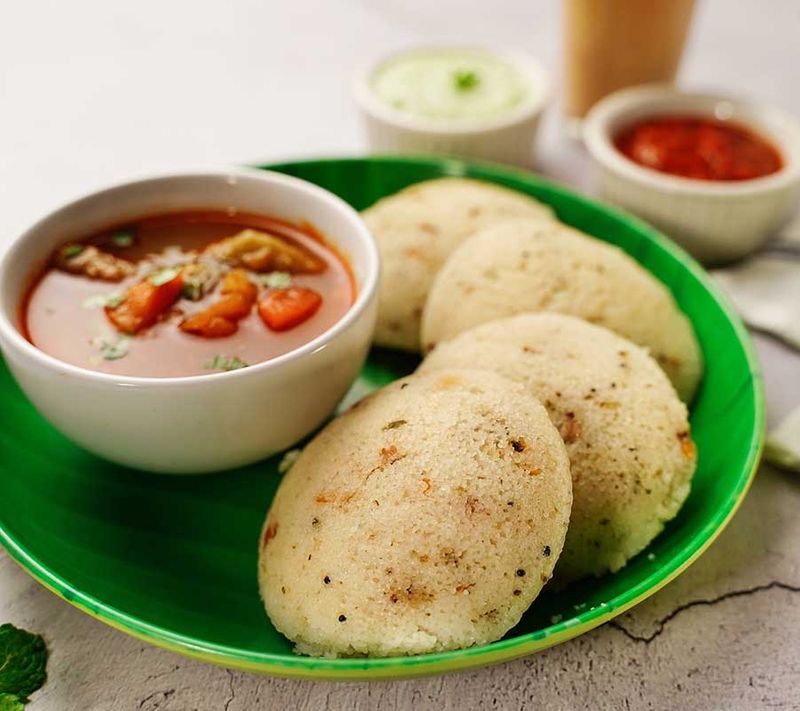 Rava idli was invented due to rice scarcity that happened during World War II. This seems like a bizarre connection, but it’s actually true. Our favourite breakfast was invented less than 100 years ago. Rava idli was created by the iconic Mavalli Tiffin Rooms of Bengaluru. Mavalli Tiffin Room, or MTR as everyone calls it, was established in 1924. It has been one of Bangalore’s most sought-after eateries ever since. The shortage of rice during World War II forced the famous MTR to experiment with new ingredients to keep the business going. In one such experiment, the traditional rice batter of idli was replaced with a semolina batter, which in turn gave birth to our beloved rava idlis. SugarIt was only introduced to us during the Gupta period. One of the most important additions that were made to the Indian diet during the Gupta period was the production of sugar. Widespread use of technology to convert sugarcane juice into sugar and jaggery has been documented. We can find references to a huge array of sweet dishes including Krsara, Modakas, Utkarika, Samydva, Pupa, Phenaka, Payasa, Abhyusa, and Gudaudana. |



